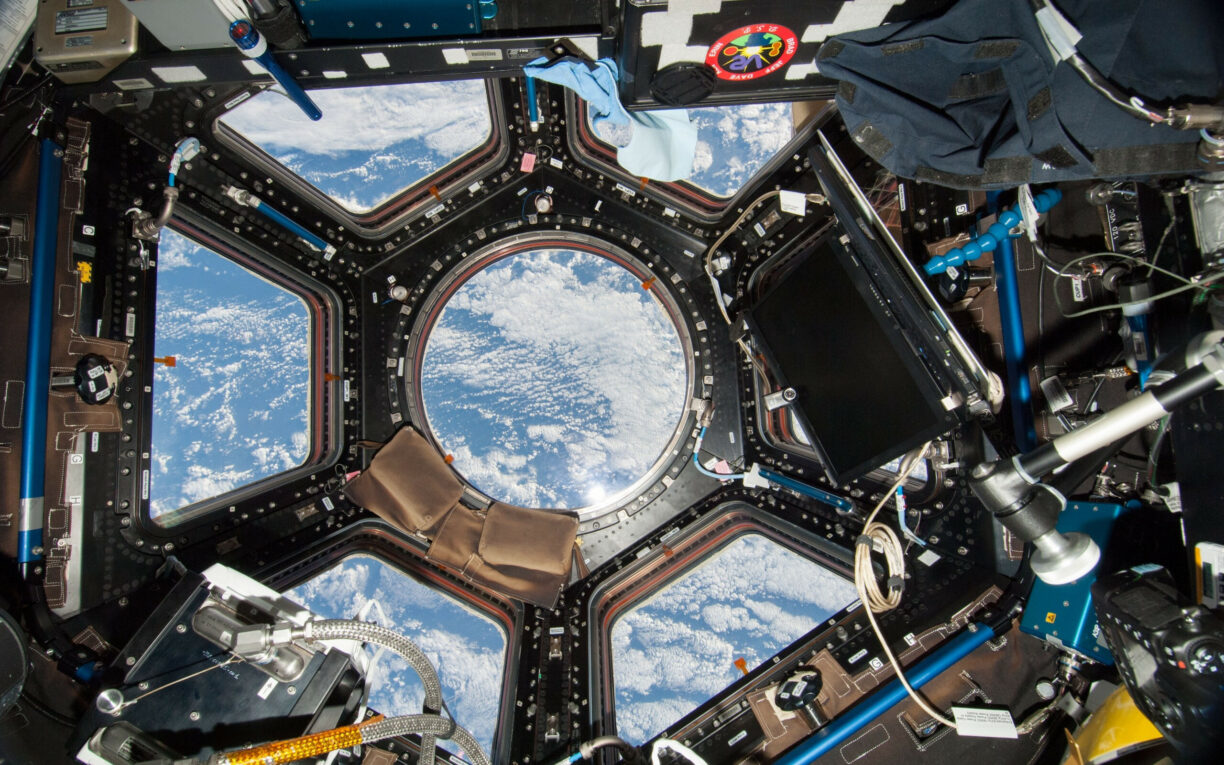Space exploration has come a long way since the launch of Sputnik 1 in 1957. Over the past few decades, multiple government space agencies and private space companies around the world have conducted missions to send satellites, rovers, astronauts and more into space. However, none of this would be possible without space ground station equipment that act as the vital link between spacecraft and mission control centers here on Earth.
Telemetry, Tracking and Command System
One of the most important systems at any ground station is the Telemetry, Tracking and Command or TTC system. This system handles the critical functions of receiving telemetry data from spacecraft, tracking the location and movement of spacecraft in orbit and sending operational commands from mission control up to spacecraft.
Telemetry involves receiving instrumentation and sensor data transmitted by spacecraft in real-time. This data provides insights into things like spacecraft health, environment conditions, experiments and more. Tracking involves precisely determining the location and trajectory of spacecraft using antennas and signal processing. And command involves transmitting coded electronic signals from antennas to operate spacecraft systems, change mission configurations, and more.
Advanced TTC systems today make use of powerful computers, software, arrays of antennas and sophisticated radio frequency hardware. They can handle communication with multiple satellites simultaneously. Data is transmitted over various frequency bands like S-band, X-band and Ka-band depending on the mission requirements. TTC systems ensure spacecraft stay online and mission controllers can remotely operate them as needed.
Large Parabolic Antennas
When it comes to physically capturing signals from space, large parabolic antennas play a vital role at Space Ground Station Equipment. These precision-engineered antennas can range from 15 to 70 meters in diameter. Their parabolic reflector design focuses electromagnetic waves onto a receiver located at the focal point to enhance weak signals from distant spacecraft.
Larger antennas allow ground stations to communicate with more spacecraft at higher data rates. They provide greater flexibility for current and future missions. Materials like aluminium and composite panels are commonly used for antenna reflectors to achieve the required structural rigidity and surface accuracy within tight tolerances. Antennas rotate on azimuth-elevation mounts to point precisely toward spacecraft as they move in the sky. Complex digital servo motors control antenna motions based on tracking algorithms.
Satellite Communication Networks
Modern ground station networks involve multiple geographically distributed complexes equipped with satellite communication capabilities. Rather than relying on a single ground station, spacecraft can communicate with any station within view as they orbit Earth. This ensures near-continuous coverage and connectivity resilience.
Ground station networks establish global connectivity through satellite communication networks. They interconnect sites using high-capacity fiber backbones and microwave links for transmission and routing of telemetry, command and high-volume payload data. Network operations centers coordinate communication handovers between stations in real-time. Communication satellites in geostationary orbits also play a role in extending coverage for deep space exploration missions.
Radio Frequency Systems
Radio frequency or RF systems handle all the analog signal processing functions at space ground stations. RF equipment generates, conditions, amplifies and transmits the electromagnetic waves that travel to and from spacecraft. On the receiving end, RF receivers detect, filter, downconvert and digitize the faint signals returning from space.
Typical components include frequency converters, fiber optic links, low-noise amplifiers, power amplifiers, channelizers and more. Solid-state transistor technology has evolved RF capabilities significantly. Digital signal processors now perform complex functions like channel encoding/decoding that enhance communication robustness. Strict calibration is needed across RF systems to ensure phase and amplitude accuracy across wide frequency ranges. Cryogenic systems assist low-noise amplifiers in achieving the ultimate sensitivity levels required to receive distant spacecraft.
Facility Infrastructure
In addition to operational equipment, ground stations require extensive supporting infrastructure to function reliably. Things like Satellite Operations Control Rooms enable remote mission management and monitoring. Backup power systems involving generators and batteries maintain continuity even during outages. HVAC and thermal control systems regulate indoor environments for sensitive electronic equipment.
Security perimeters protect ground station assets while fiber/microwave towers establish connectivity to external networks. Staff accommodation, utilities and landscaping and also part of overall facility infrastructure. Precision time and frequency systems generate accurate timing signals traceable to atomic clocks. All of these combined support elements are vital for ground station operations around the clock, every day of the year.
As space missions continue pushing the boundaries of exploration, dependable ground infrastructure will remain a necessity. Space agencies invest heavily in developing advanced capabilities at major spaceport complexes worldwide. Private space companies also establish their own global networks of smaller ground stations. Cutting edge technologies will further enhance ground-space communication capabilities to enable more ambitious science and human spaceflight in the coming years. Reliable space ground stations serve a quiet yet pivotal role behind the scenes in expanding our scope in the cosmos.
*Note:
1. Source: Coherent Market Insights, Public sources, Desk research
2. We have leveraged AI tools to mine information and compile it

